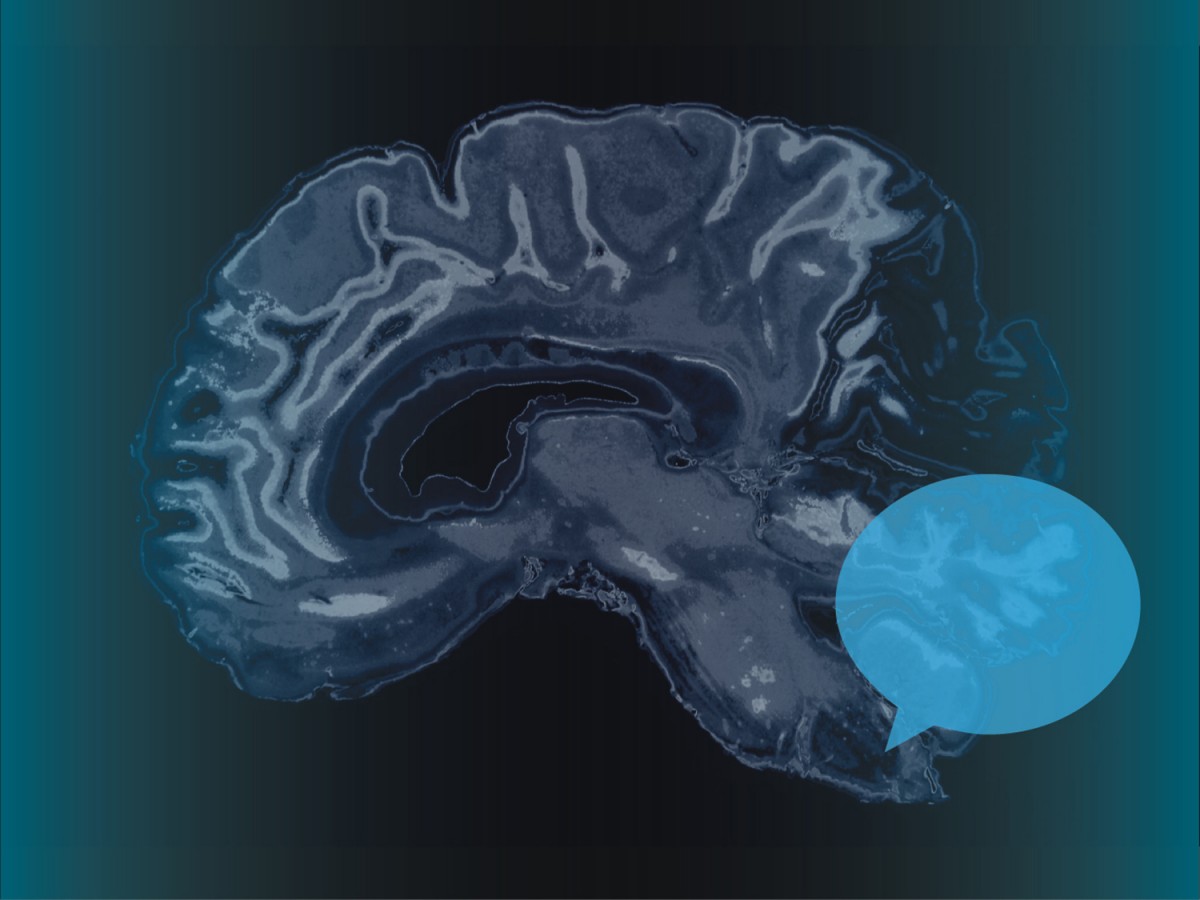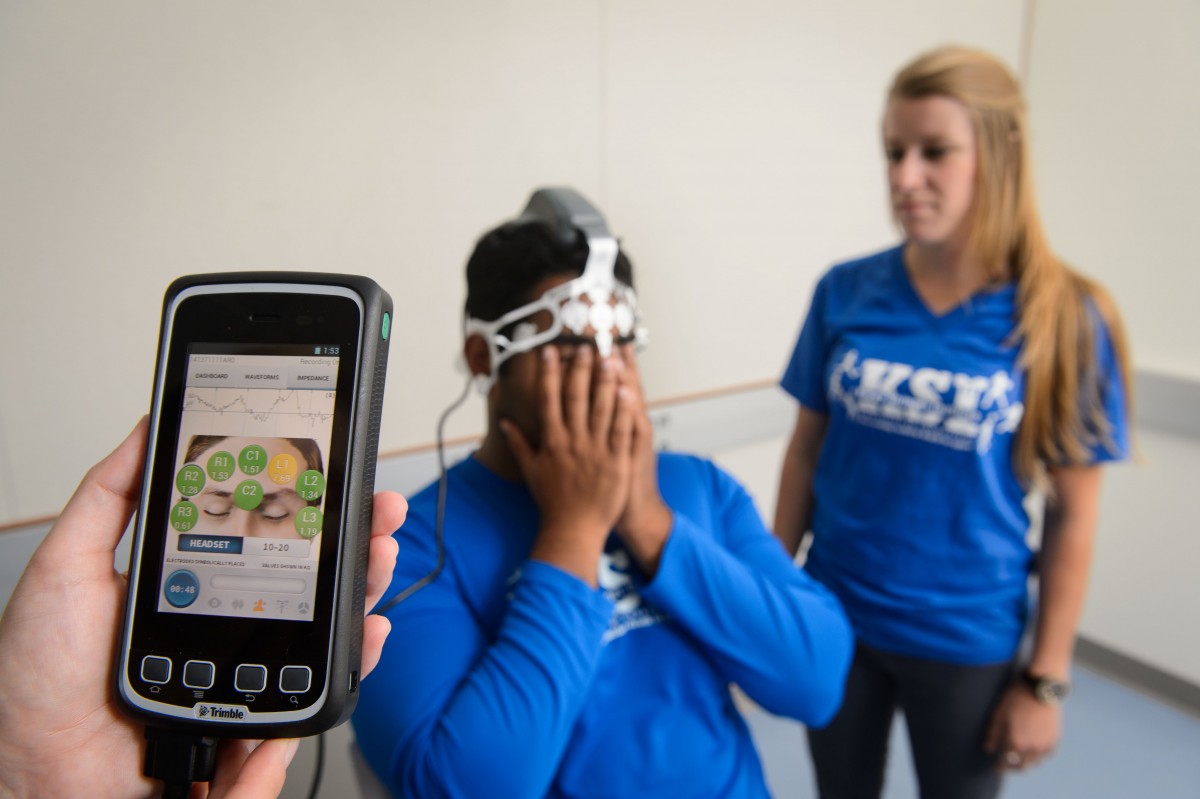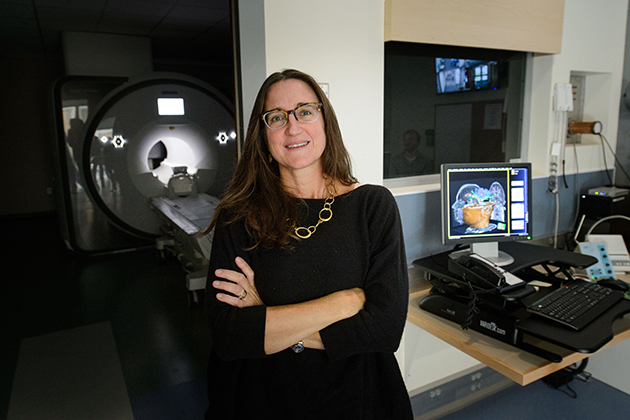The IBACS executive committee is thrilled to announce the appointment of three new directors who will assume leadership of the Institute this fall. Their selection culminates from a major visioning process involving community feedback (2021-22), a University-wide request for nominations (fall 2022), a review of qualifications and candidates' willingness to serve, candidate interviews with the executive committee (winter 2023), and a final review of recommendations by the CLAS Dean Juli Wade.
New IBACS Directors
Emily Myers, Director of Training
Professor of Speech, Language, and Hearing Sciences;
Professor of Psychological Sciences; Perception, Action, and Cognition Research Program

Our new Director of Training will work to connect and publicize UConn’s many outstanding training programs in the brain, cognitive, and neurosciences space. Myers will work with leadership of existing programs to build strengths and optimize use of shared resources. She will coordinate with departments to support and grow opportunities for cross-training (e.g., inter- disciplinary training programs that cross over traditional degree programs). She will also manage IBACS Graduate and Undergraduate Student Summer Award programs, and work with the Director of Research to support and coordinate graduate lines (RAs) for students working in our service cores.
John Salamone, Director of Communication and Outreach
Board of Trustees Distinguished Professor of Psychological Sciences; Behavioral Neuroscience Research Program
Our new IBACS Director of Communication and Outreach will manage the outward face of IBACS, including the curation of our website/media presence – both inside and outside the University. John will work to enhance integration and cooperation among departments, programs, and centers critical to the thriving brain, cognitive, and neurosciences space at UConn. This will include improving the coordination of related talk and seminar series, ListServs, etc. Salamone will work to engage new IBACS stakeholders, and to build new interdisciplinary connections and breadth of representation within the Institute and its initiatives.
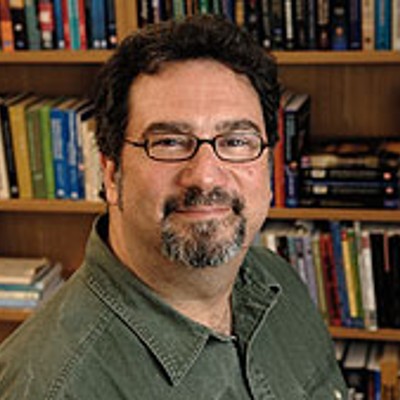
Inge-Marie Eigsti, Director of Research
Professor of Psychological Sciences; Clinical Research Program
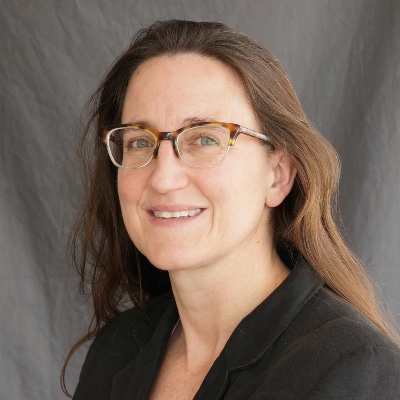
Our new Director of Research will work to support existing and promote new interdisciplinary research in the brain, cognitive and neurosciences space. Eigsti will strive to increase external funding and sustainability of IBACS-affiliated programs and service cores. She will manage the IBACS Seed Grant Programs and work with IBACS-affiliated service cores in support of their respective missions – including a newly refurbished EEG/eye-tracking lab, and our new Science Alliance Mobile (SAM), which will bring cutting-edge mobile research facilities to new off-campus test sites and outreach locations. She will organize speaker events, and work together with the Director of Training and Director of Communication/Outreach where missions overlap.
All three directors will begin their positions in Fall 2023 and serve three-year terms.
